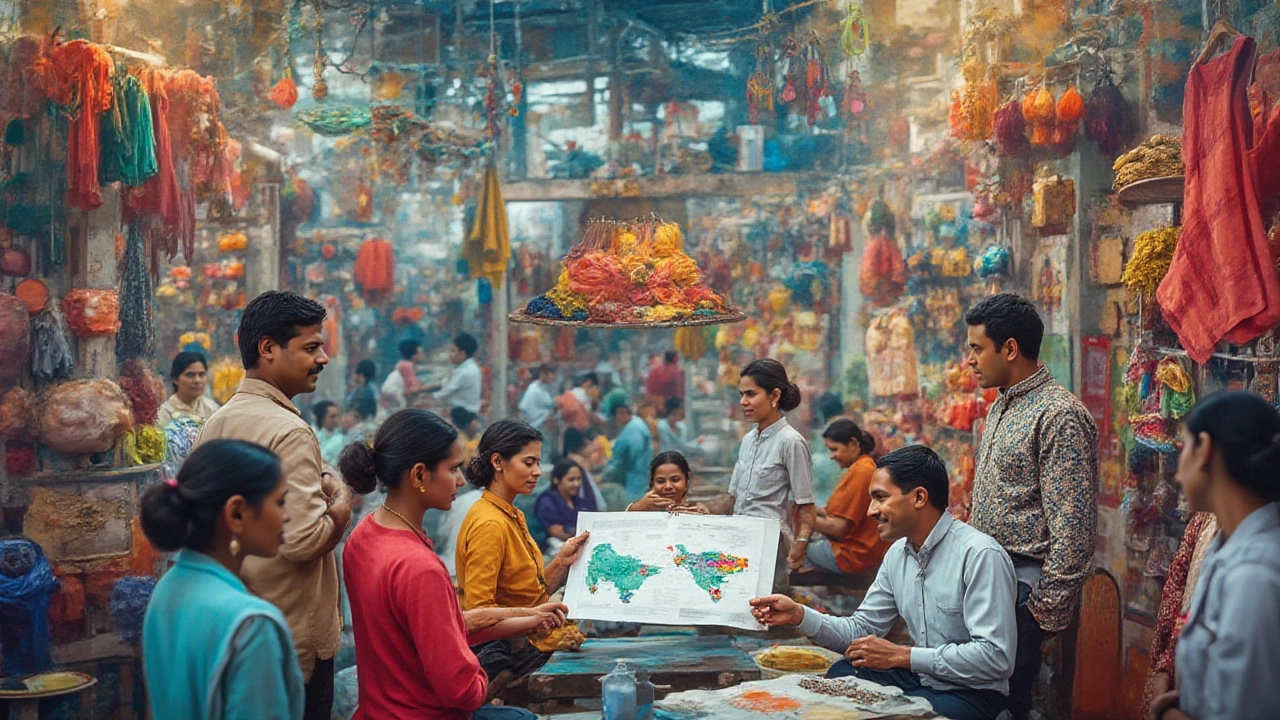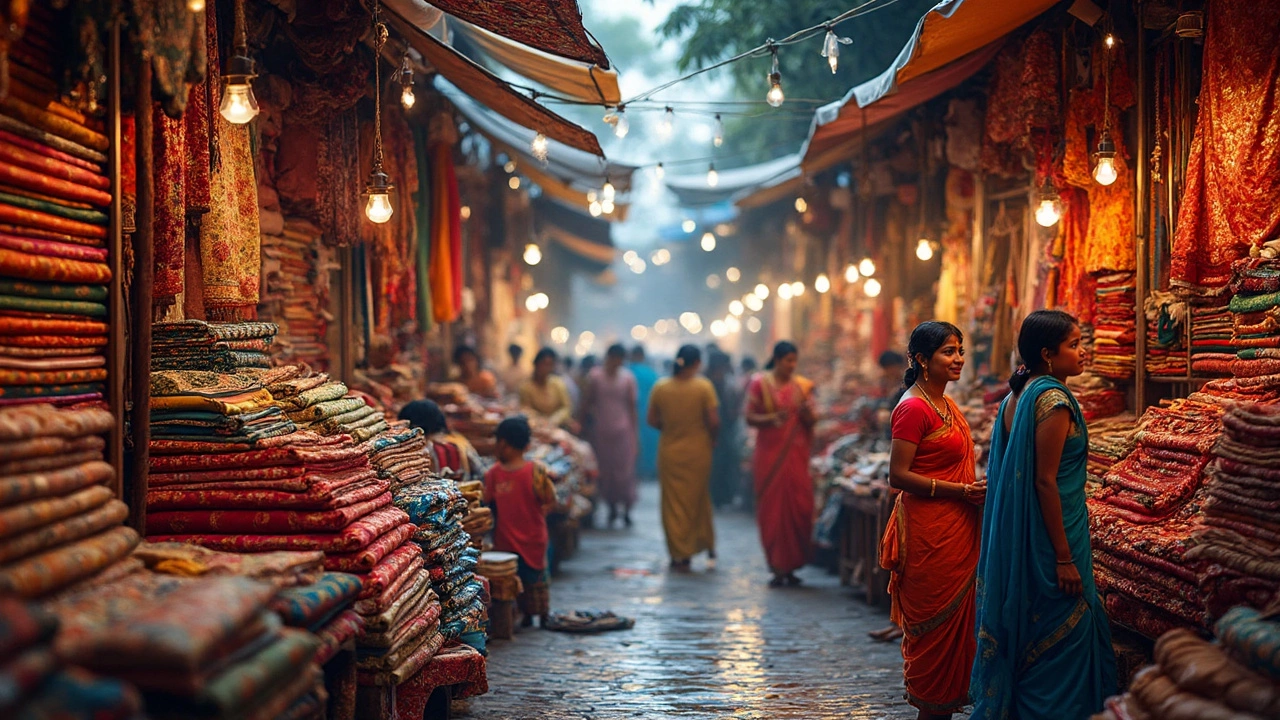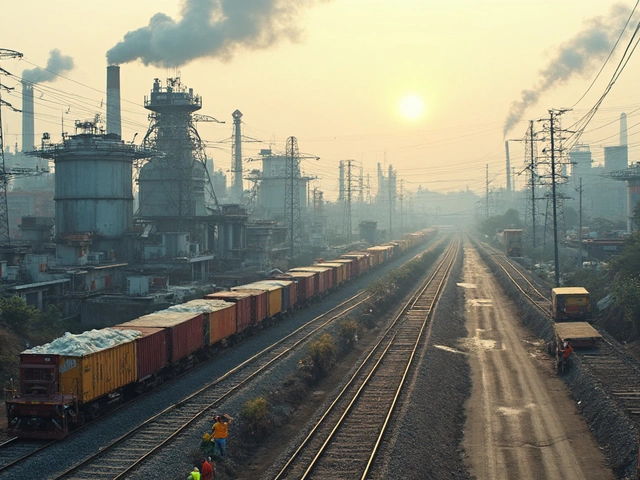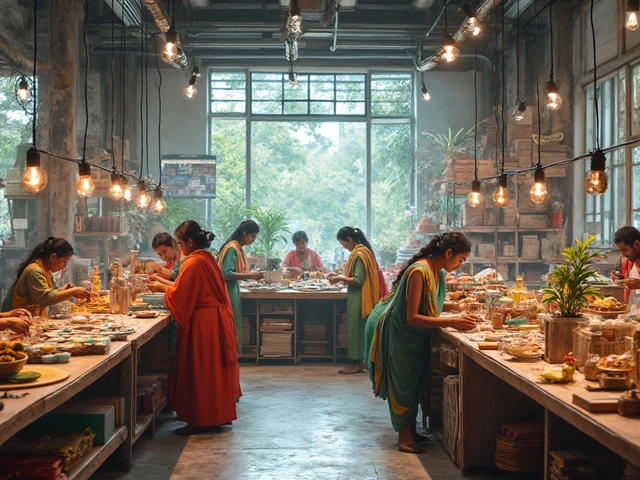Textile Manufacturing: Trends, Hubs, and Profitability
When talking about textile manufacturing, the process of turning raw fibers into fabrics, garments, and home‑textiles. It’s also known as fabric production, and it fuels a huge part of India's economy. Surat, a city on the western coast of Gujarat, ranks as the top textile hub in the country thanks to its massive garment clusters and export‑ready infrastructure. The sector encompasses design, spinning, weaving, and finishing, requires skilled labor and modern machinery, and drives significant export earnings for India. Below we’ll tie these pieces together and show why the space matters for investors, engineers, and anyone curious about the fabric of Indian industry.
Key Players and Profit Drivers
One of the most asked questions is whether starting a textile mill, a manufacturing unit that handles stages from yarn to finished cloth in India can be profitable. Recent data shows that mills in Gujarat and Tamil Nadu enjoy higher margins due to lower power costs and proximity to ports. Profitability hinges on three attributes: efficient machinery (high-speed looms), skilled workforce (trained weavers), and access to export markets (especially the EU and US). Another critical entity is Indian textile exports, the shipment of fabrics, apparel, and home‑textiles to overseas buyers. Export numbers have topped $30 billion in the last fiscal year, with Surat alone contributing over 20% of that volume. This export push fuels demand for better quality control, sustainable dyes, and faster turnaround times.
Beyond raw profit numbers, the industry is shifting toward sustainable textile processes. Eco‑friendly bleaching agents, water‑recycling systems, and organic cotton are moving from niche to mainstream. Companies that adopt these practices see lower long‑term costs and gain access to premium markets in Europe where green certifications are a must. Sustainability also ties back to local manufacturing benefits: reduced logistics, lower carbon footprints, and stronger community ties. When businesses invest in local talent and greener technology, they create a virtuous cycle that boosts both employment and export credibility.
What you’ll find in the collection below is a mix of deep‑dive articles and quick guides. From an inside look at IKEA’s supplier network in India to a step‑by‑step on launching a textile mill, each piece adds a layer to the bigger picture of textile manufacturing in India. Whether you’re weighing an investment, seeking the next big export market, or simply curious about how Surat became a textile powerhouse, the posts ahead deliver practical data, real‑world examples, and actionable tips. Dive in and discover the forces shaping this vibrant sector.

Explore the world's top textile-producing countries. Compare costs, quality, logistics, workforce, and new market opportunities for your textile business. (Read More)

Surat, often called the textile hub of India, is famous for its massive production of clothes and fabrics. The city's weaving and dyeing units churn out trendy saris, dress materials, and synthetic fabrics that end up in shops across India and even overseas. Millions of people in Surat work in or around the textile sector, which runs around the clock. From cheap printed fabrics to designer silks, Surat's markets have it all. If you're curious why Surat outshines other places in the textile game, here's what you need to know. (Read More)








